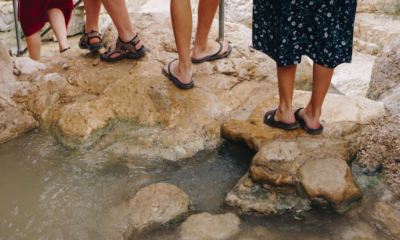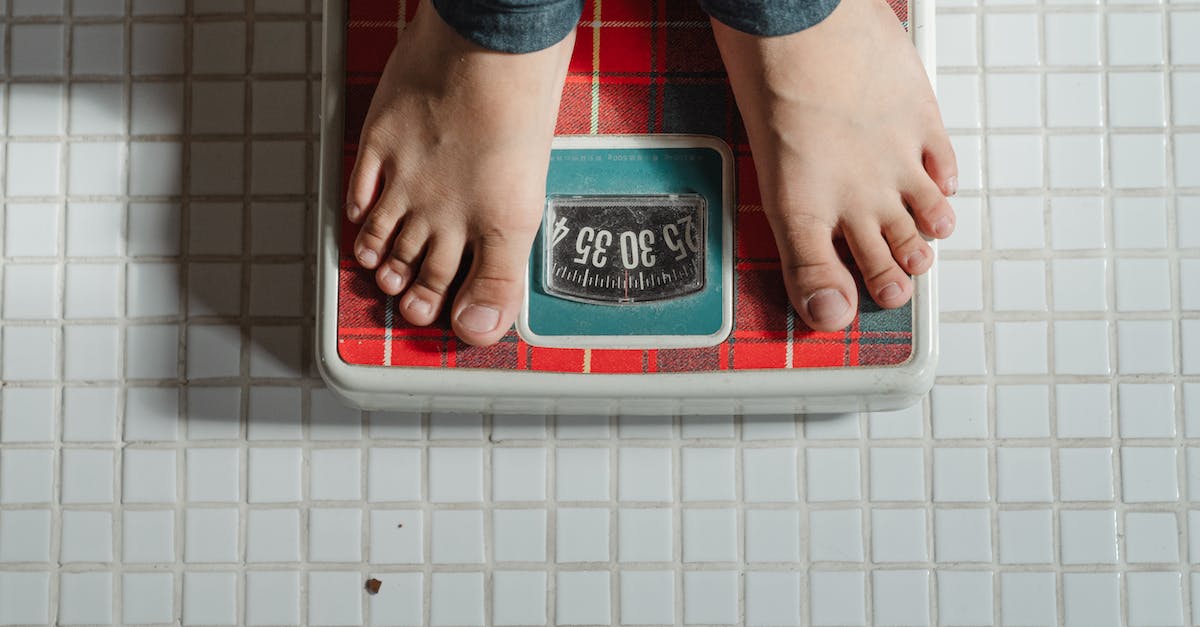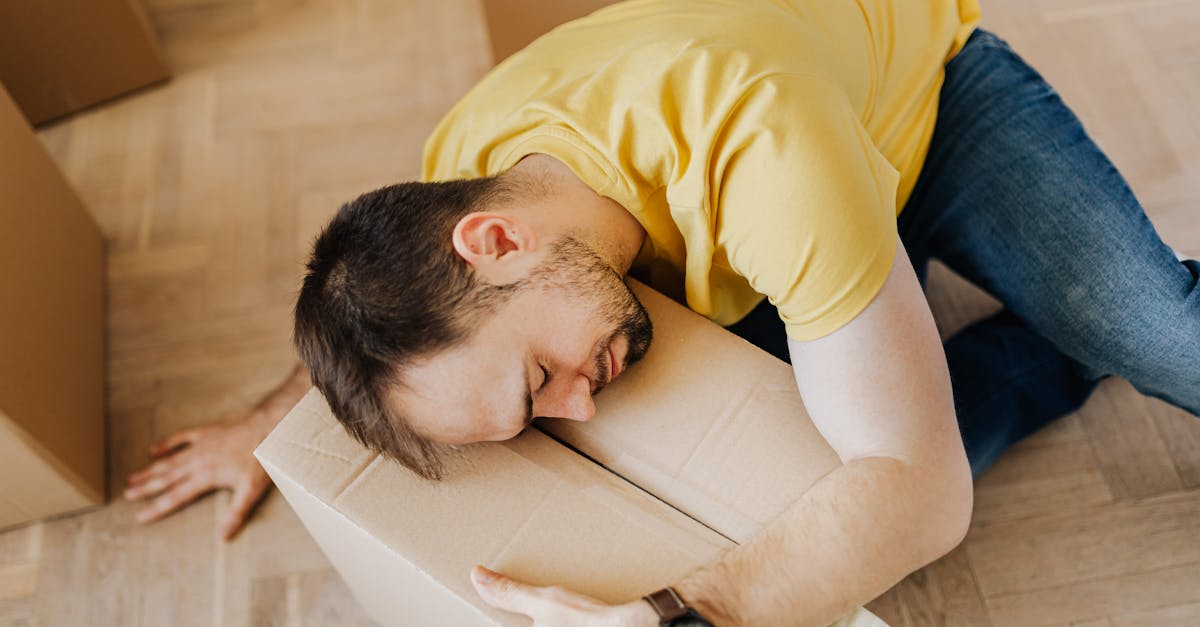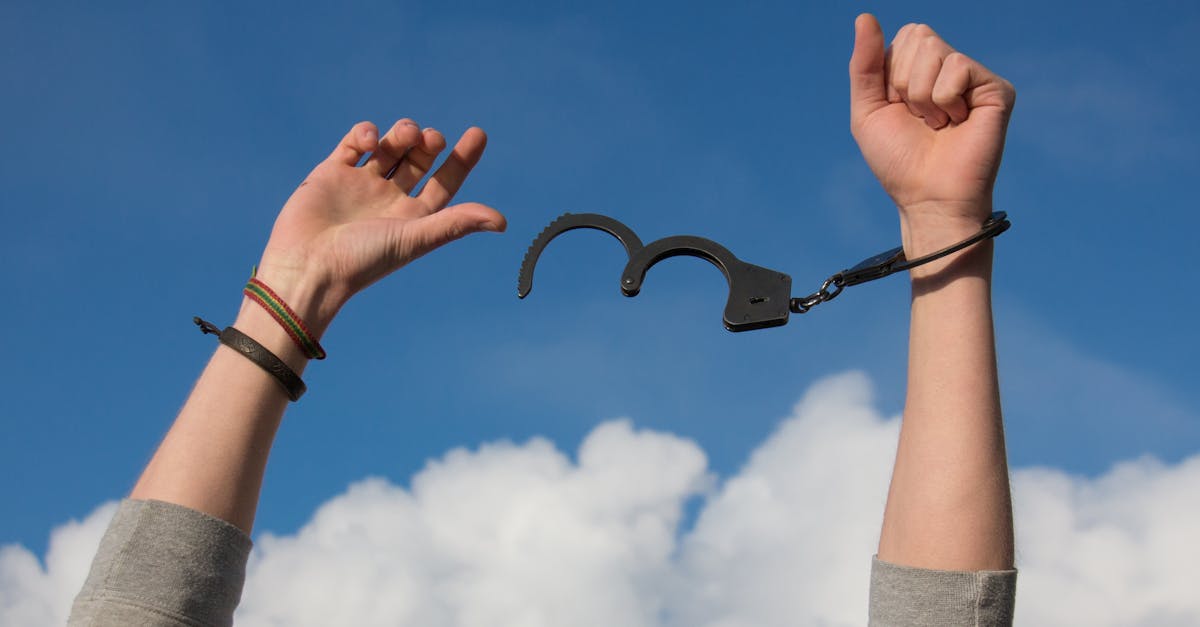Breaking Generational Curses: A Guide to Transformation and Hope
Generational curses are patterns that persist through families and communities, often holding individuals back from realizing their true potential. These cycles, whether they manifest as trauma, poverty, addiction, or limiting beliefs—are not immutable. They can be broken. With awareness, determination, and the right support, anyone can rewrite their story and create a legacy of resilience.
What Are Generational Curses?
Generational curses aren’t mystical; they’re inherited challenges that often feel unavoidable. They can stem from economic hardship, lack of education, or family trauma passed down from one generation to the next. For instance:
- A family history of financial instability can foster poor money management habits.
- Experiences of neglect or abuse can lead to cycles of mistrust and emotional barriers.
- Limiting beliefs like “success isn’t for people like us” can stifle ambition.
Recognizing these patterns is the first and most critical step in breaking free.
The Power of Awareness
One of the greatest challenges of generational curses is their invisibility. These patterns can feel “normal,” making it difficult to see how they shape behavior and opportunities. Awareness requires self-reflection and often an honest assessment of family and community influences.
J.D. Vance, in his TED Talk, reflects on how he identified the generational struggles in his family and community: addiction, hopelessness, and economic hardship. This awareness was his first step toward change.
Steps to Break Generational Curses
Acknowledge the Pattern
Identify the cycles that have shaped your life. This might include examining family behaviors, financial habits, or emotional responses.
Challenge Limiting Beliefs
Replace thoughts like “this is just how life is” with “I have the power to change my circumstances.” Self-belief is a powerful catalyst for transformation.
Seek Mentorship and Support
Surround yourself with people who have overcome similar challenges or who inspire you to aim higher. Positive influences can open doors you didn’t know existed.
Build Skills and Knowledge
Investing in learning skills that your environment may not have provided, such as financial literacy, conflict resolution, or emotional intelligence, can be life-changing.
Commit to the Journey
Breaking generational curses isn’t an overnight process. It requires consistent effort, setbacks, and resilience. Celebrate progress along the way.
The Ripple Effect
Breaking generational curses isn’t just about personal growth. It’s about creating a ripple effect. When one person transforms their life, it often inspires and empowers others in their family or community to do the same. Imagine a child growing up in an environment where hope and opportunity replace despair and limitation. This shift creates not just a better present but a brighter future for generations to come.
Your Journey Starts Now
Whether you’re just beginning to recognize generational patterns or actively working to break them, know that every step matters. The journey is challenging, but the rewards of personal freedom, growth, and legacy are immeasurable.
If you’re ready to take the next step, I invite you to explore how to identify and transform generational curses in your life. Learn more at Breaking Generational Curses.
Together, we can rewrite the narrative for ourselves, our families, and future generations.

 Careers3 years ago
Careers3 years ago
 Culture2 years ago
Culture2 years ago
 General2 years ago
General2 years ago
 Leisure1 year ago
Leisure1 year ago
 Culture1 year ago
Culture1 year ago
 Travel2 years ago
Travel2 years ago
 Entertainment2 years ago
Entertainment2 years ago
 Careers7 months ago
Careers7 months ago







